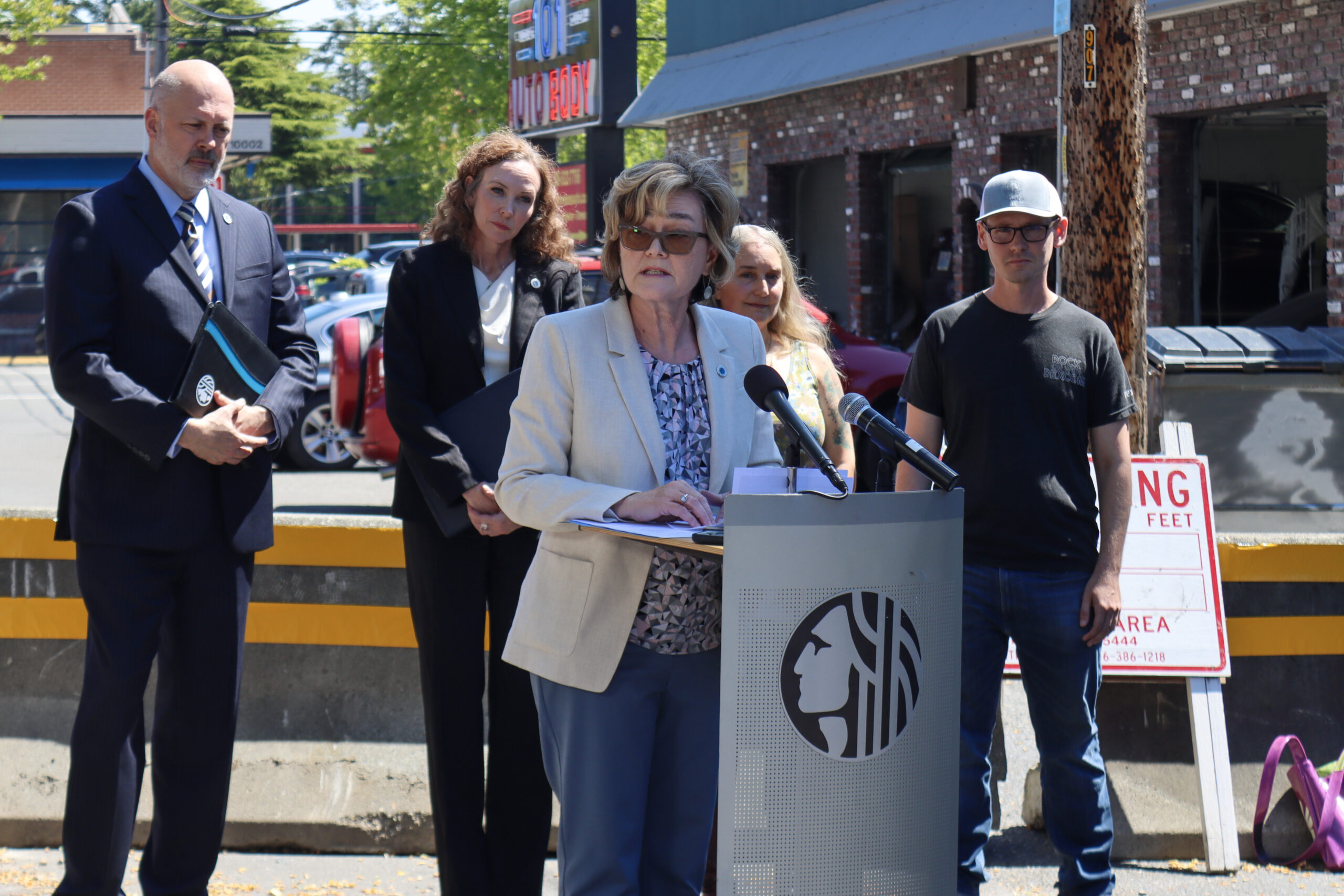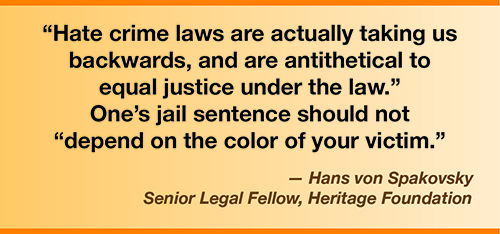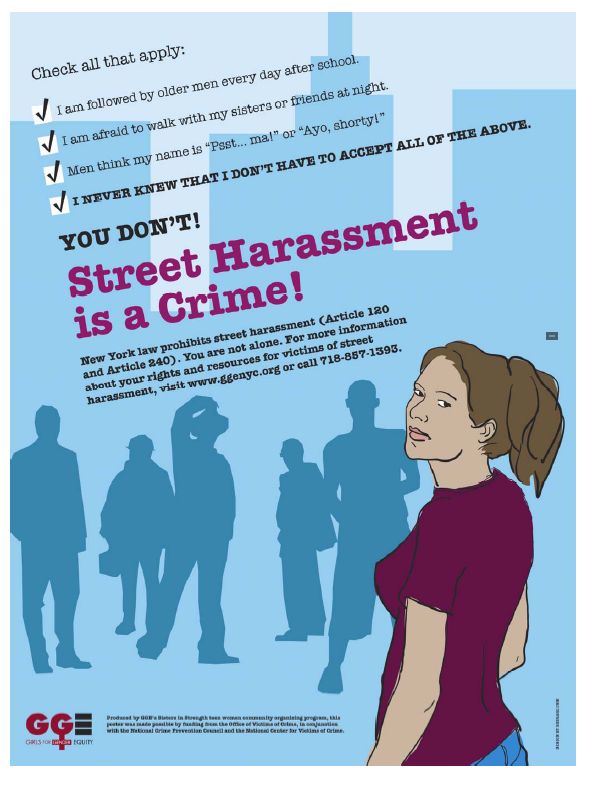Seattle City Council Passes Legislation to Combat Commercial Sexual Exploitation

Today, the Seattle City Council approved Councilmember Cathy Moore‘s (District 5) bill to address commercial sexual exploitation and the associated violence. The legislation includes a ban on loitering for the purpose of buying, selling, or promoting prostitution. Additionally, it allows judges to issue Stay Out of Area Prostitution (SOAP) orders for buyers and promoters.
Emphasis on Sustainable Development Goals (SDGs)
- Goal 5: Gender Equality – The legislation aims to protect women and girls who are victims of commercial sexual exploitation and promote gender equality.
- Goal 16: Peace, Justice, and Strong Institutions – By implementing measures to combat commercial sexual exploitation, the legislation contributes to creating a just and safe society.
“The passage of the SOAP legislation today is a direct response to the concerns raised by my constituents. It is a victory for the safety of our community along Aurora Ave N, where there has been an increase in gun violence related to commercial sexual exploitation. The legislation sends a clear message to those who perpetuate and profit from this harmful activity that there will be consequences for their actions,” said Councilmember Moore. She expressed her gratitude to Councilmember Kettle for his support and to her colleagues for their commitment to improving public safety.
Amendments and Performance Measures
- Limiting SOAP orders to buyers and promoters, removing sellers.
- Developing training for police officers on trauma-informed best practices for working with survivors of commercial sexual exploitation in consultation with survivor groups.
- Creating arrest policies that prioritize diversion, referral to services, treatment, and safe housing for sellers engaged in prostitution loitering.
- Adopting four amendments focused on performance measures and reporting requirements.
Co-sponsor Council President Sara Nelson (Position 9) emphasized the urgency of addressing the increasingly violent nature of criminal sex trafficking along Aurora Ave. She stated that the provisions in the legislation provide opportunities for officers to offer services to women and girls who are being trafficked and target the pimps who exploit them. Councilmember Maritza Rivera (District 4), another co-sponsor, highlighted the focus on protecting victims and minors, as well as the safety of the community and nearby schools.
Background
Councilmember Moore introduced the legislation in response to the concerns raised by neighborhoods along Aurora Avenue North. These neighborhoods have experienced a significant increase in visible commercial sexual exploitation, accompanied by reported gunfire and violence.
The legislation underwent a public hearing during the Aug. 13 Public Safety meeting. Councilmember Moore presented evidence of the critical public safety issues, including gun violence, associated with commercial sexual exploitation on Aurora Avenue. The amended version of the legislation was unanimously passed during the Sept. 10 committee meeting.
For more information, including the full text of the bill, please refer to the council packet materials.
Next Steps
If signed by the mayor, the new law will go into effect 30 days after the date of his signature.
Additional Quotes
“As a survivor myself, I find it incredibly powerful that the new loitering law and SOAP bill have shifted focus away from criminalizing the exploited and are now holding traffickers and buyers accountable. This change sends a clear message that the women and individuals we serve truly matter, and that the community stands behind them in the fight for justice.
“With these changes, we have the opportunity to be that intervention for others, offering real support and resources instead of punishment. By removing the blame from the survivors and placing it on those responsible for their harm, we can begin to offer hope and healing, creating a system that uplifts rather than condemns. This is a crucial step toward a future where survivors can trust that their community will show up for them, and where exploitation is no longer tolerated.” – Sarah Ann Hamilton, Survivor and Director of Survivor Services at The More we love
“Over the past two years, we have witnessed an increase in violence in our community due to a prostitution turf war caused by pimps. Our neighbors have been assaulted and hospitalized, and street sex workers have been shot. This bill is a starting point to ensure that our community provides a safe area for everyone. I applaud Cathy Moore and her team for working with the neighborhood and considering opposing views to develop a harm-reducing approach that makes the area safer for everyone.” – Trey, Neighbor living near Aurora
“Women and girls are being brought here against their will, and they deserve to be safe. I’m tired of witnessing these women being chased, harassed, and endangered by pimps and johns. Our neighbors, customers, and workers on Aurora deserve a safe environment free of the violence that comes with commercial sexual exploitation. I welcome legislation that removes the violent pimps and provides trafficking victims with an exit door towards a better future.” – Dana, Business owner on Aurora
# # #
SDGs, Targets, and Indicators
SDGs
- SDG 5: Gender Equality
- SDG 8: Decent Work and Economic Growth
- SDG 16: Peace, Justice, and Strong Institutions
Targets
- Target 5.2: Eliminate all forms of violence against all women and girls in the public and private spheres
- Target 8.7: Take immediate and effective measures to eradicate forced labor, end modern slavery and human trafficking, and secure the prohibition and elimination of the worst forms of child labor
- Target 16.2: End abuse, exploitation, trafficking, and all forms of violence against and torture of children
Indicators
- Indicator 5.2.1: Proportion of ever-partnered women and girls aged 15 years and older subjected to physical, sexual, or psychological violence by a current or former intimate partner in the previous 12 months
- Indicator 8.7.1: Number of victims of forced labor per 1,000 population, by sex, age group, and form of exploitation
- Indicator 16.2.2: Number of children aged 0-17 years who experienced any physical punishment and/or psychological aggression by caregivers in the past month
Analysis
1. Which SDGs are addressed or connected to the issues highlighted in the article?
The issues highlighted in the article are connected to SDG 5: Gender Equality, SDG 8: Decent Work and Economic Growth, and SDG 16: Peace, Justice, and Strong Institutions.
2. What specific targets under those SDGs can be identified based on the article’s content?
Based on the article’s content, the specific targets that can be identified are:
– Target 5.2: Eliminate all forms of violence against all women and girls in the public and private spheres
– Target 8.7: Take immediate and effective measures to eradicate forced labor, end modern slavery and human trafficking, and secure the prohibition and elimination of the worst forms of child labor
– Target 16.2: End abuse, exploitation, trafficking, and all forms of violence against and torture of children
3. Are there any indicators mentioned or implied in the article that can be used to measure progress towards the identified targets?
Yes, there are indicators mentioned or implied in the article that can be used to measure progress towards the identified targets. These indicators are:
– Indicator 5.2.1: Proportion of ever-partnered women and girls aged 15 years and older subjected to physical, sexual, or psychological violence by a current or former intimate partner in the previous 12 months
– Indicator 8.7.1: Number of victims of forced labor per 1,000 population, by sex, age group, and form of exploitation
– Indicator 16.2.2: Number of children aged 0-17 years who experienced any physical punishment and/or psychological aggression by caregivers in the past month
Table: SDGs, Targets, and Indicators
| SDGs | Targets | Indicators |
|---|---|---|
| SDG 5: Gender Equality | Target 5.2: Eliminate all forms of violence against all women and girls in the public and private spheres | Indicator 5.2.1: Proportion of ever-partnered women and girls aged 15 years and older subjected to physical, sexual, or psychological violence by a current or former intimate partner in the previous 12 months |
| SDG 8: Decent Work and Economic Growth | Target 8.7: Take immediate and effective measures to eradicate forced labor, end modern slavery and human trafficking, and secure the prohibition and elimination of the worst forms of child labor | Indicator 8.7.1: Number of victims of forced labor per 1,000 population, by sex, age group, and form of exploitation |
| SDG 16: Peace, Justice, and Strong Institutions | Target 16.2: End abuse, exploitation, trafficking, and all forms of violence against and torture of children | Indicator 16.2.2: Number of children aged 0-17 years who experienced any physical punishment and/or psychological aggression by caregivers in the past month |
Source: council.seattle.gov







